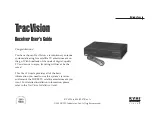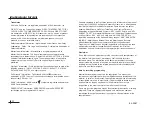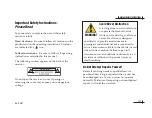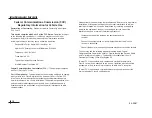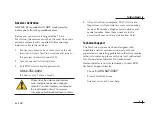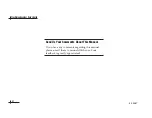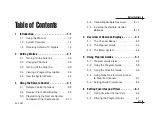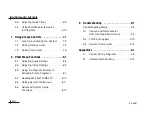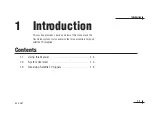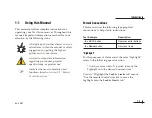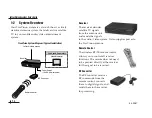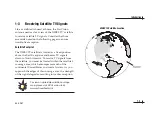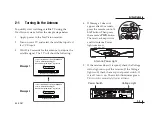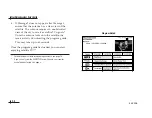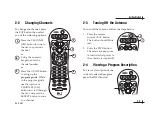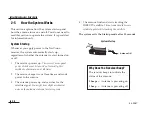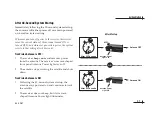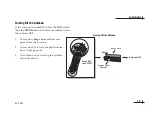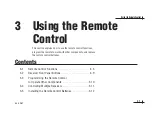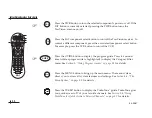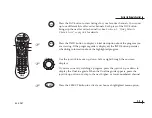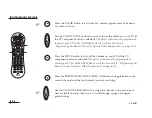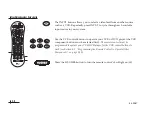
Elevation Angle
Since the satellite is located above the equator, the
TracVision antenna needs to point toward the
southern sky to receive satellite TV signals. In
addition, the antenna must be tilted at the proper
elevation angle to point at the satellite. The further
south you go, the higher the elevation becomes. For
example, if you’re in the Massachusetts area, the
satellite is located 33º above the southern horizon.
But if you go to South Carolina, the elevation
increases to 45º.
While you’re moving, the antenna inside the
TracVision radome automatically rotates toward the
southern sky and tilts to the proper elevation,
ensuring you’re always pointed at the satellite and
receiving the satellite entertainment you want.
A map showing the DIRECTV satellite’s elevation
angles for the continental U.S. is provided on
page A.13 of this manual.
Blockage
Since the TracVision antenna must have a clear view
of the DIRECTV satellite to receive satellite TV
signals, anything that stands between the antenna
and the satellite can block the signal, resulting in lost
reception. Common causes of blockage include trees,
buildings, and bridges. Heavy rain, ice, or snow may
also temporarily interrupt satellite signals.
54-0287
1.6
TracVision Receiver User’s Guide
Examples of Satellite Blockage
T
rac
rac
V
ision
ision


